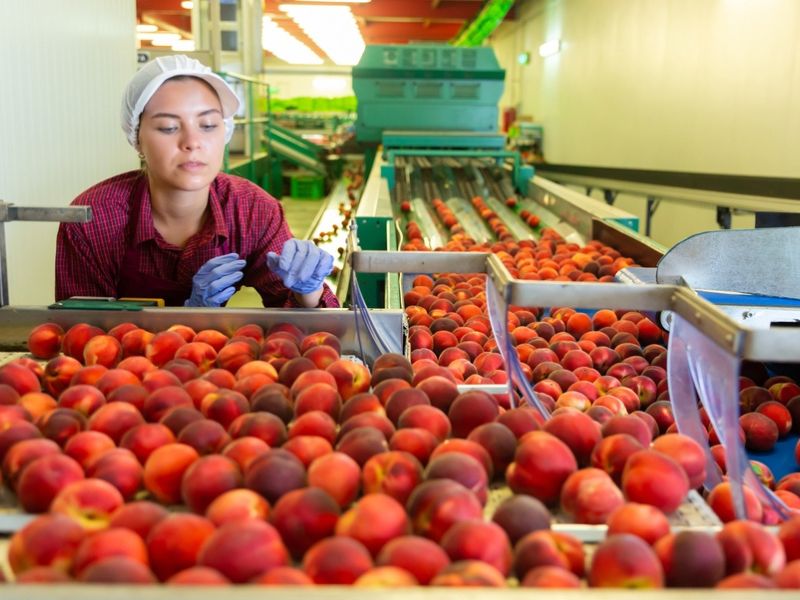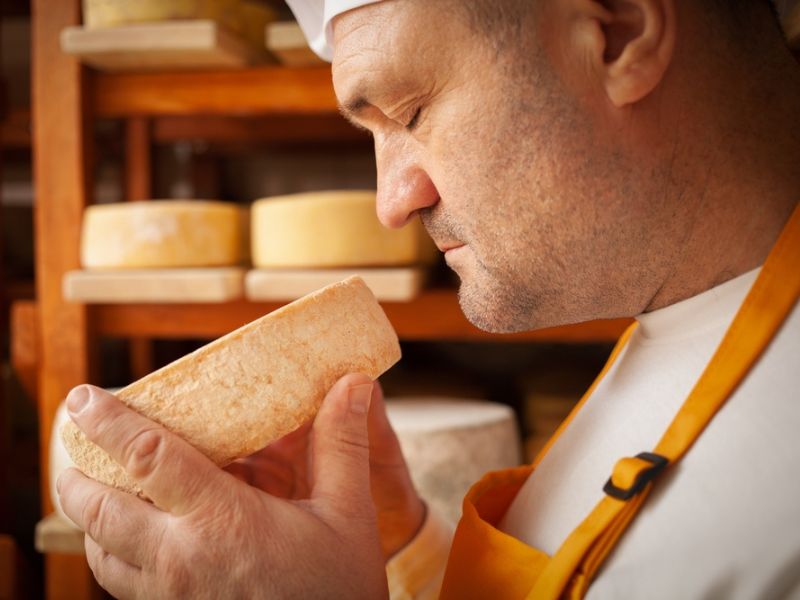Hundreds of thousands of mold species, microscopic fungi, live on plant and animal matter. While one rotten apple can spoil the whole bunch, it takes time for the product to get bad. You can still eat produce that has touched a rotten apple if you wash it first and eat it quickly.
Food waste is a major issue in America. Some molds are harmless, but others can cause severe health issues. Therefore, it’s best to dispose of moldy produce and inspect other produce for touching and infection. But throwing away everything in your crisper or an entire strawberry package is unnecessary if you spot just one moldy piece of produce.

Image Credit: Shutterstock/BearFotos
If you see a moldy item, inspect neighboring fruits and vegetables for signs of mold or spoilage. Use sight, touch, and smell to determine if food is safe to eat.
Is It Safe To Eat Produce With A Moldy
Neighbor?
The USDA recommends washing produce under tap water and not using soap or detergent. If you see mold on a fruit or vegetable, you can still eat it, but you should avoid touching the moldy spot with your knife.

Image Credit: Shutterstock/Vaillery
Surface mold can mean the mold is also rooted deeply below, and mycotoxin-producing mold can spread throughout the item. Never sniff moldy items – remember that pathogens aren’t visible to the naked eye. If you eat something moldy, wash your hands frequently, cook your food when possible, and ensure your refrigerator is at or under 40 degrees Fahrenheit to keep molds and bacteria from growing.